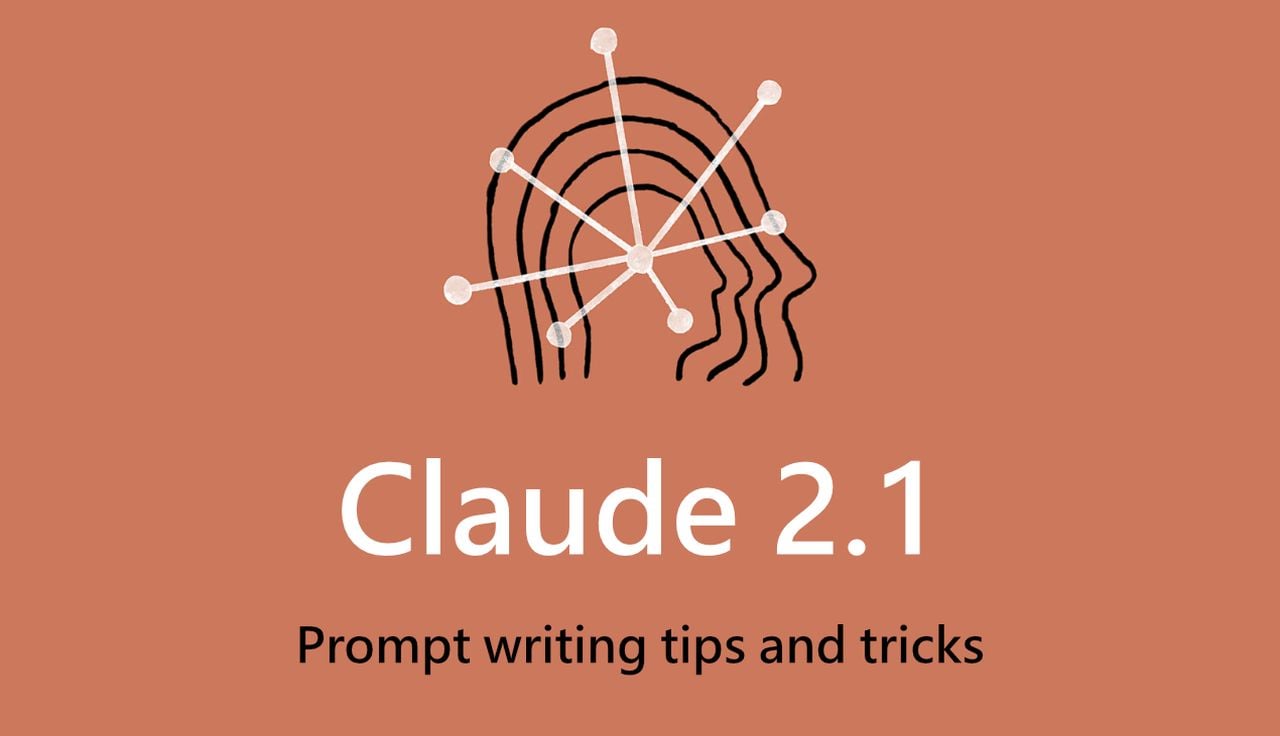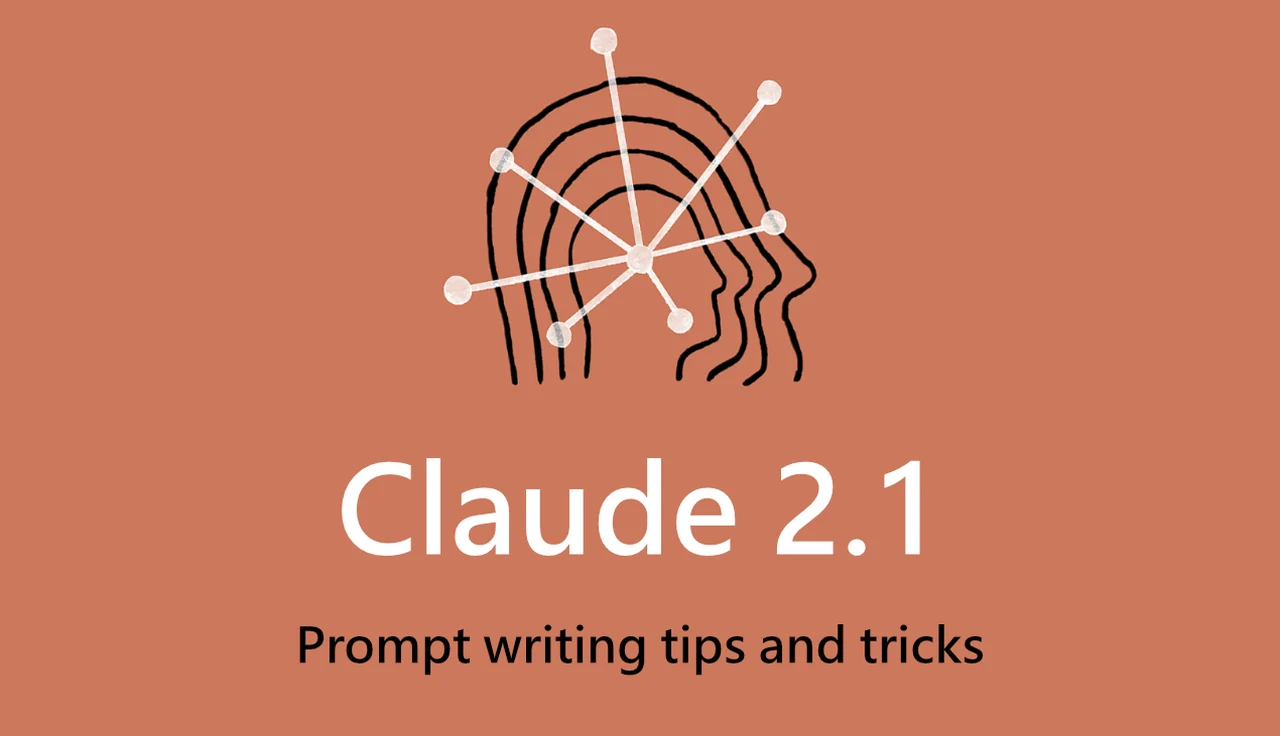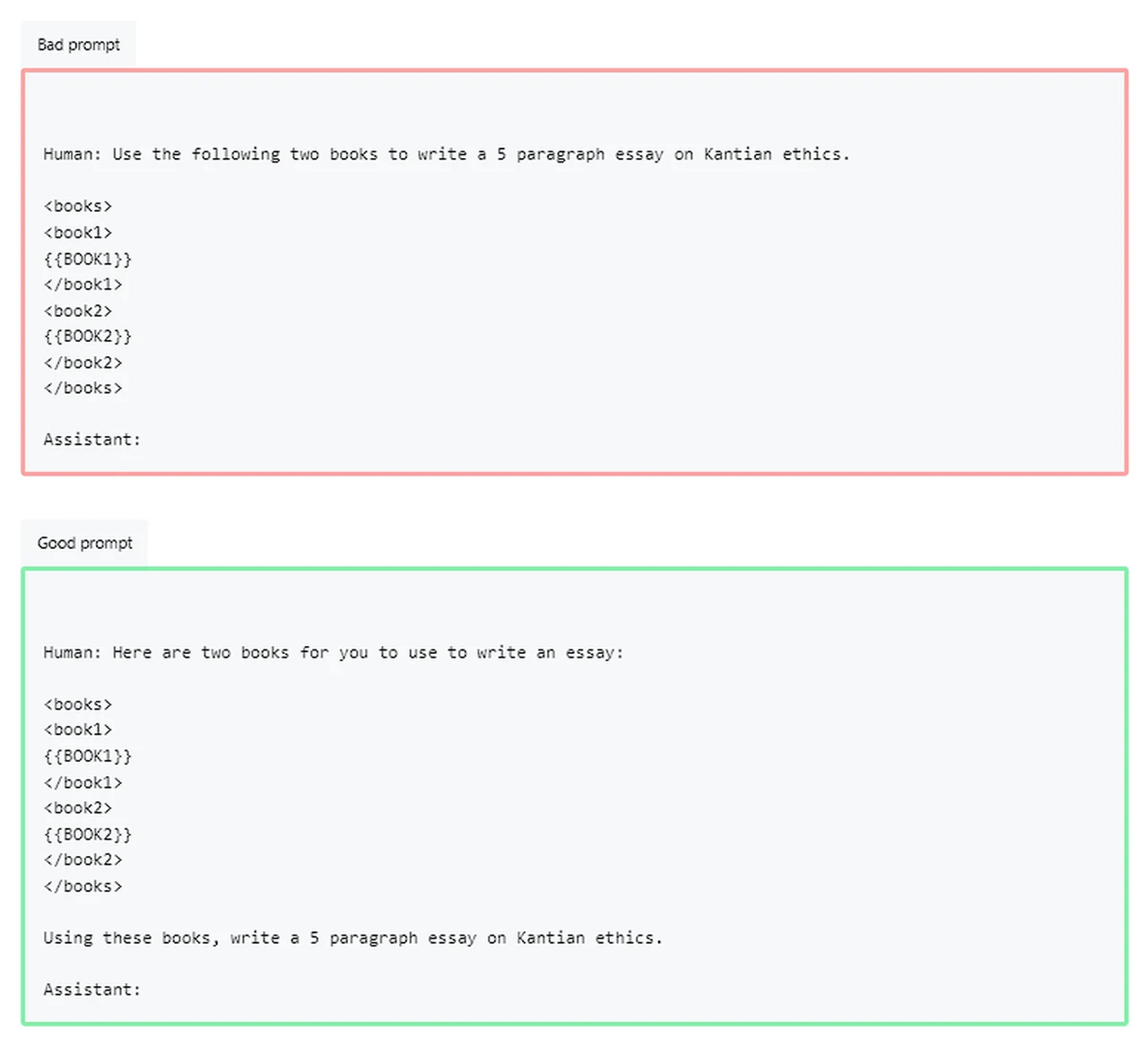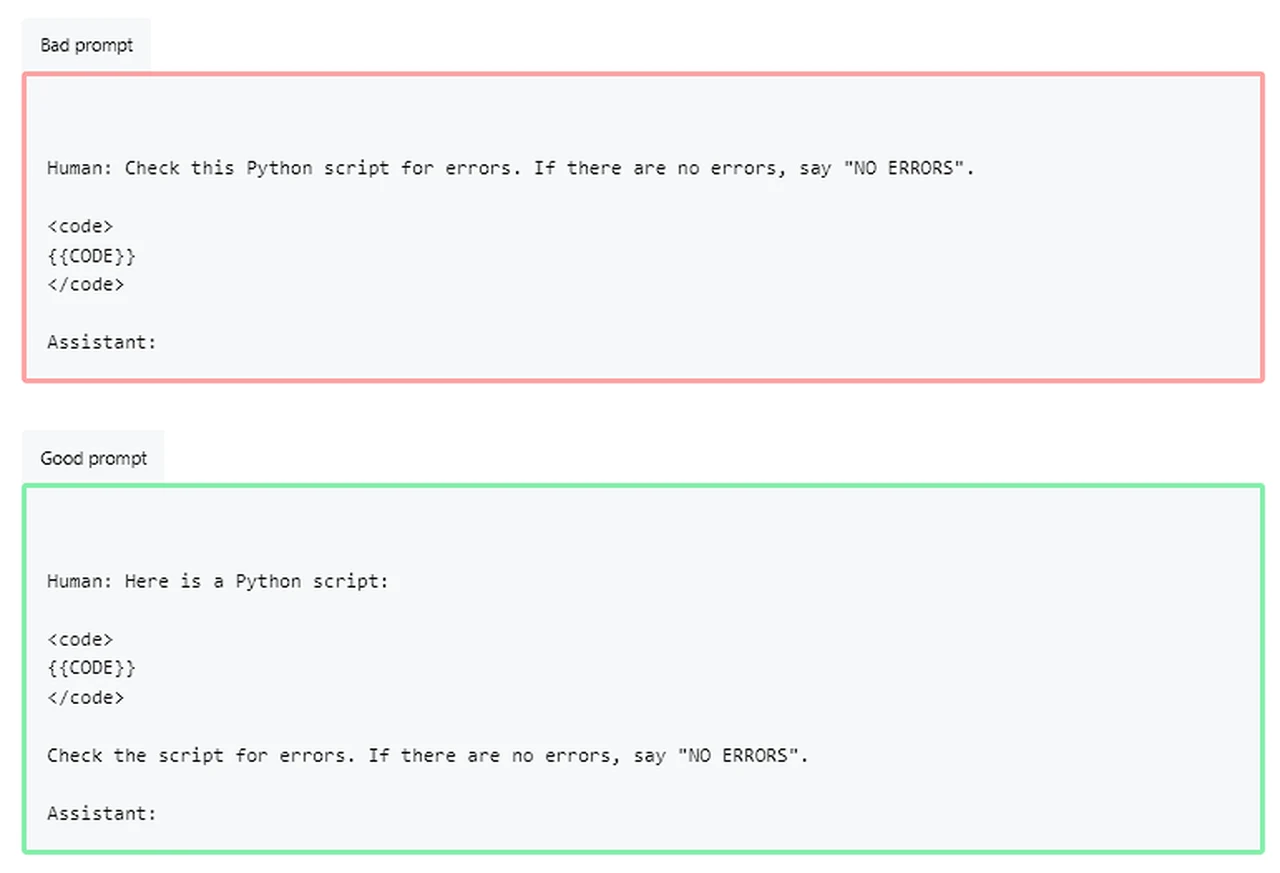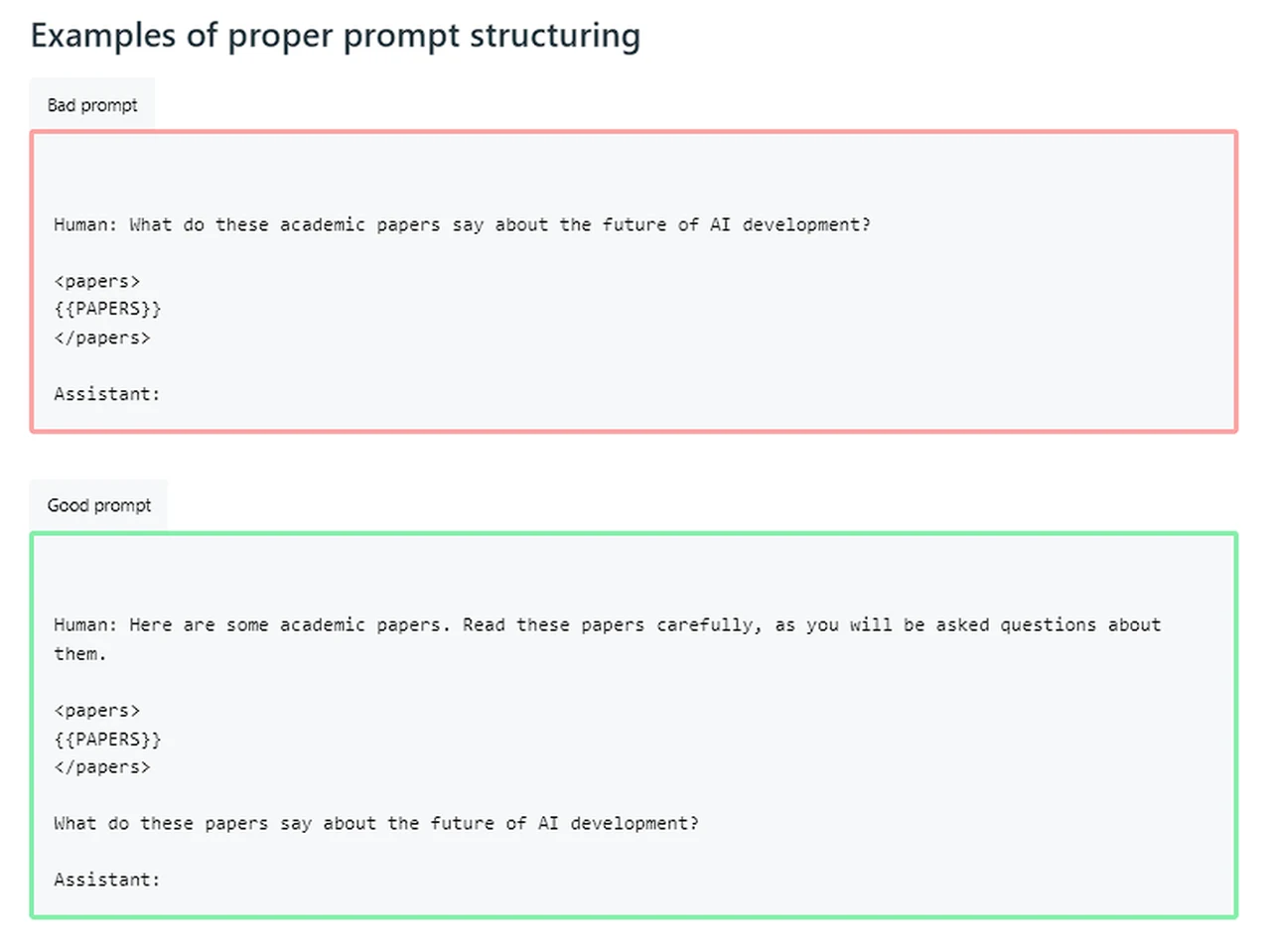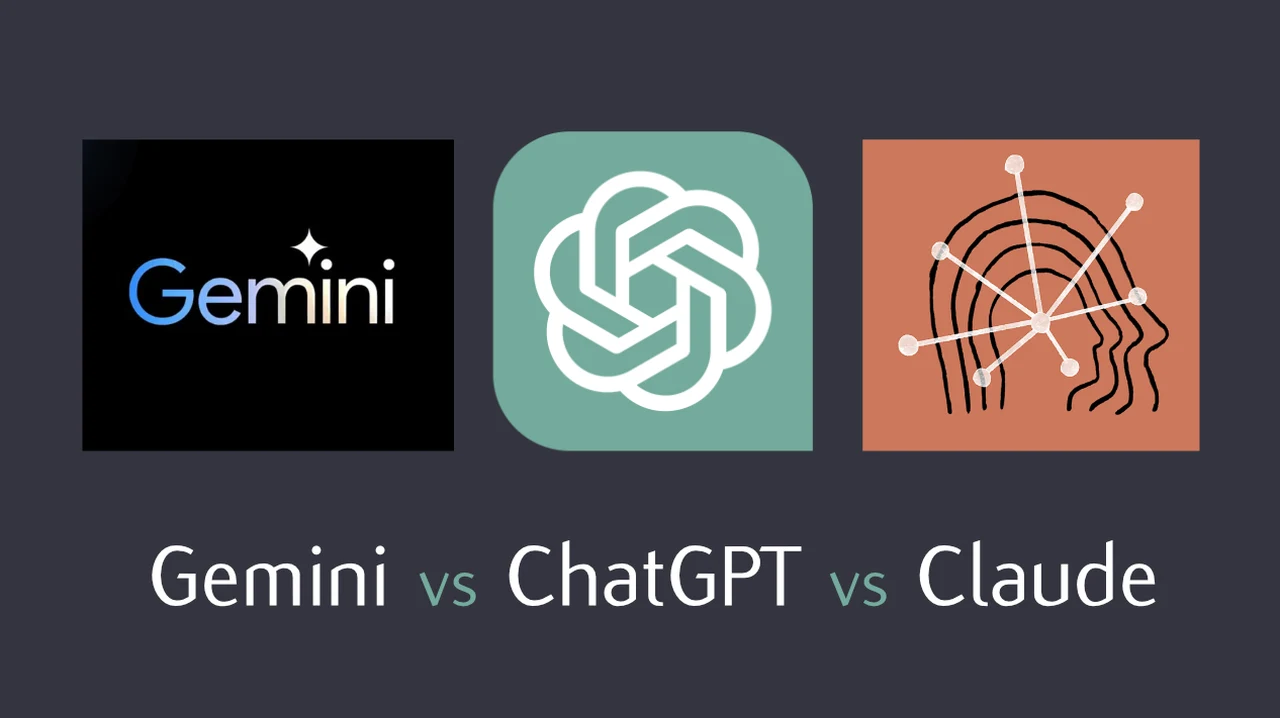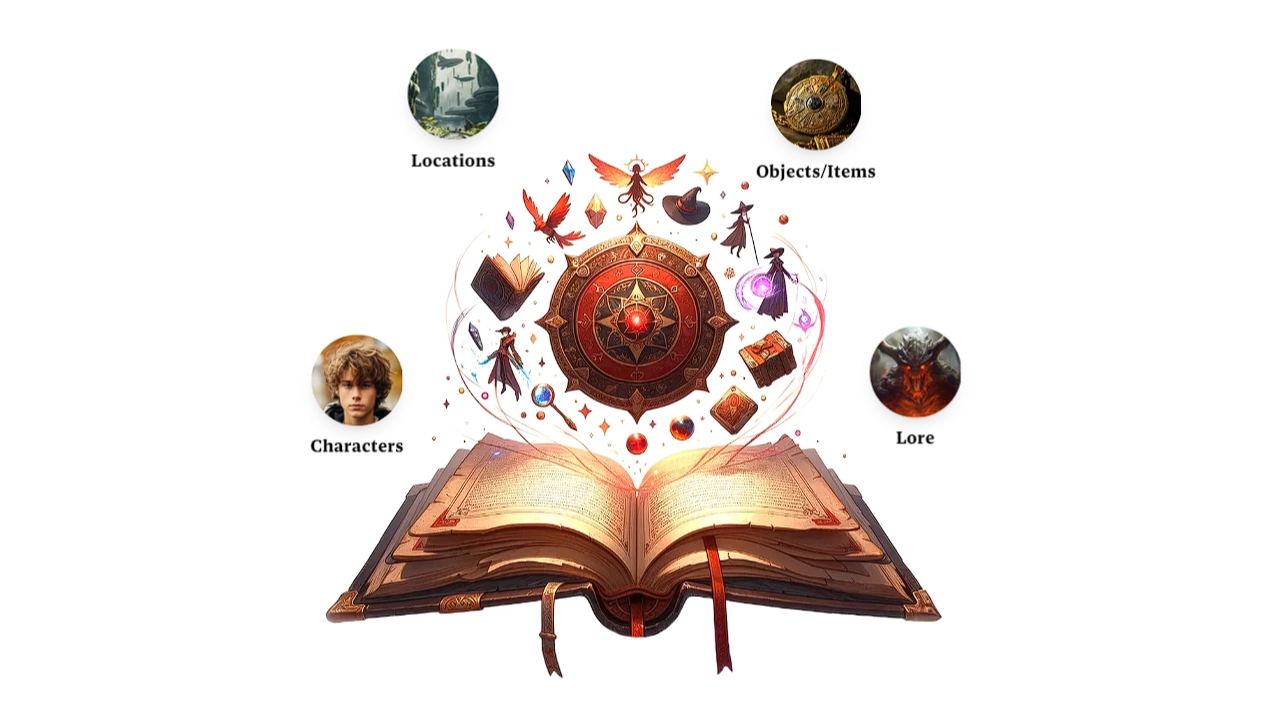
Effective technical writing is essential for communicating complex information clearly and efficiently in today’s information-driven world. Good technical writing bridges technical experts and a broader audience, enabling understanding and applying technical data, processes, or concepts. This article explores the essential elements that contribute to high-quality technical writing.
Clarity and Precision: The Heart of Technical Writing
The core of technical writing is its clarity and precision. Clarity involves using straightforward, easily understood language and avoiding ambiguity at all costs. It’s about breaking down complex ideas into simple, digestible chunks of information. Precision is equally important; it involves carefully selecting words that convey the exact meaning intended by the writer. This precision eliminates misinterpretation, ensuring the technical material is communicated accurately.
Ensuring Understandability for a Broad Audience
In technical writing, the focus is on dissecting subjects that are highly specialized and often perceived as daunting and then reconstructing them in a manner that is not only accessible but also engaging to an audience that ranges from complete beginners to those with some understanding of the topic.
It requires simplifying concepts without losing their essence and explaining technical terms and jargon wherever necessary. A well-written technical document can be understood by experts in the field and those outside it, maximizing its utility and reach.
Techniques for Simplifying Complex Information
To simplify complex information, several techniques can be employed:
- Analogies and Metaphors: These literary tools effectively translate complex technical ideas into relatable concepts. By comparing a technical concept to something familiar, writers can bridge the gap between unfamiliar technical information and the reader’s existing knowledge.
- Structured Layout: Organizing content in a structured manner, such as using headings, subheadings, bullet points, and numbered lists, helps break down information into manageable sections. This structure logically guides the reader through the material, making it easier to understand and retain.
- Visual Aids: Incorporating visual elements like diagrams, charts, and graphs can significantly enhance the comprehensibility of technical information. These tools provide a visual representation of data and concepts, which the brain can more easily process compared to text.
Audience-Centric Approach
An audience-centric approach is vital in technical writing. The content should be crafted with the audience’s needs, knowledge, and interests. This approach involves understanding who the audience is, what they already know, what they need to know, and how they will use the information. Tailoring the content to the audience ensures that it is relevant, helpful, and engaging for them.
In line with this perspective, if you’re looking for additional support in creating tailored content, especially for academic purposes, you might find services like Write my paper: Best academic support for students extremely helpful. These services offer specialized assistance to enhance your writing, ensuring it meets your intended audience’s needs and expectations.
Adapting Tone and Technicality
A document’s tone and level of technical detail should be adapted based on the audience. A writer might use technical terms and in-depth analyses for a more specialized audience. In contrast, for a general audience, the same information might be presented with less jargon and more explanations. The key is to strike the right balance between technically accurate and understandable.
Consistency and Coherence: Building a Structured Narrative
In technical writing, clarity and simplicity are key. Consistency in language and format helps the reader easily navigate through the document. At the same time, a coherent narrative ensures the information is presented logically and engagingly. This is especially true when discussing technology in an academic setting.
For college students pondering which tech tools to use, it’s worth considering various options. In this context, you can also learn why choosing Android devices for your college studies is advantageous at https://www.androidheadlines.com/2020/07/why-choose-android-devices-for-your-college.html. This insight highlights the practicality and efficiency of Android devices, which are essential for academic success.
Use of Standardized Terms and Definitions
Using standardized terms and providing clear definitions at their first occurrence is essential. This practice helps set a clear understanding for the reader from the beginning. It avoids confusion. Technical writers need to be familiar with the standard terminology in their field and use it appropriately in their writing.
Accuracy and Up-To-Date Information
In the realm of technical writing, it’s crucial to provide information that’s not only accurate but also mirrors the latest advancements and data. Failing to do so can lead to severe misunderstandings, errors when applying the information, and a significant blow to the writer’s and their organization’s credibility. Hence, technical writers should rely on trustworthy sources and continually update their knowledge.
Regular Reviews and Updates
Technical documents should be reviewed regularly to ensure they remain accurate and relevant. It is essential in fields where information and best practices are constantly evolving. Regular reviews and updates help maintain the integrity and usefulness of the technical document.
Search Engine Optimization (SEO)
Incorporating SEO strategies in technical writing is essential for online content. SEO involves using relevant keywords and phrases that potential readers will likely use when searching for information. It makes the content more visible and accessible online, increasing its reach and impact.
Keyword Research and Integration
Effective SEO requires identifying and integrating relevant keywords naturally into the text. It should be done in a way that maintains the natural flow and readability of the document. Keyword stuffing or overusing keywords should be avoided as it can negatively impact the quality of the writing and the reader’s experience.
Conclusion
Good technical writing is a skillful blend of clarity, precision, audience understanding, coherence, accuracy, and effective SEO strategies. By mastering these elements, technical documents can effectively communicate complex information in an accessible and engaging manner. It not only ensures that the information reaches the intended audience but also that it is understood and applied correctly.
Filed Under: Guides
Latest timeswonderful Deals
Disclosure: Some of our articles include affiliate links. If you buy something through one of these links, timeswonderful may earn an affiliate commission. Learn about our Disclosure Policy.


